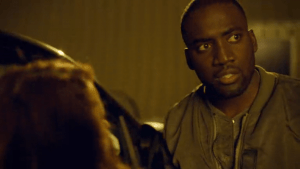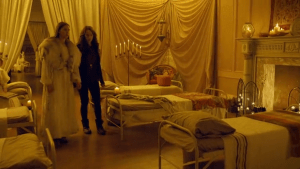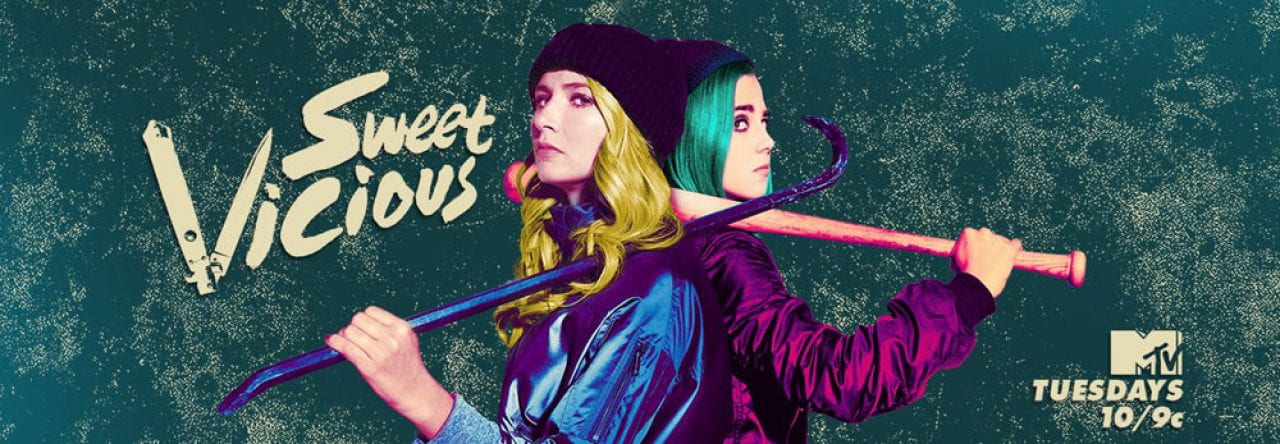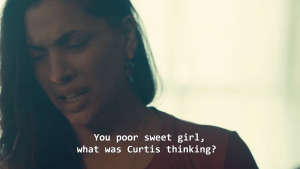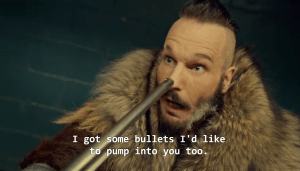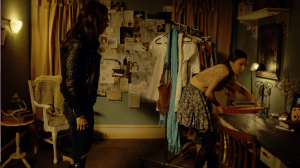Cann, David J., and Philip B. Mohr. “Journalist and Source Gender in Australian Television News.” Journal of Broadcasting & Electronic Media, vol. 45, no. 1, 2001, pp. 162-174. ProQuest, http://prx.library.gatech.edu/login?url=https://search.proquest.com/docview/227290751?accountid=11107.
Cann and Mohr discuss how the equality seemingly present in news stations of their day is really only surface level. They discuss how many stations have altered their hiring practices to become more equal, hiring equal proportions of male and female reporters, but in reality inequality is still rampant. Specifically, inequality still exists within the type of story male and female reporters are assigned. According to their study, male reporters receive gut wrenching, new stories whereas female reporters receive day-to-day news. The paper argues this is because men are seen as more capable than women. This peer-reviewed source is worth reading because it deeply explores inequalities in news stories using statistical analysis. It gives an in-depth analysis of an issue relating to my group’s topic which can help us frame own question and research. This source is also interesting to look at because it gives an international perspective.
Glascock, Jack. “Gender Roles on Prime-Time Network Television: Demographics and Behaviors.” Journal of Broadcasting & Electronic Media, vol. 45, no. 4, 2001, pp. 656-669. ProQuest, http://prx.library.gatech.edu/login?url=https://search.proquest.com/docview/227286652?accountid=11107.
In this peer-reviewed study Glascock compares the portrayal of women and men on television using a variety of factors. Glascock employs a detailed statistical analysis of the 1996 Fox TV season. He argues that television was trending towards more female characters, but males still outnumbered them especially behind the scenes. Glascock points out that having more females behind the scenes of shows would likely increase the number of female characters. In addition, it is pointed out that women are often portrayed in lower paying jobs, and they are also often dressed provocatively. This source is useful because it gives an incredibly detailed insight to gender dynamics on television in the late 90s. This can be used to compare television of that era to that of today. This paper can also be used because of its detailed discussion about how women worked behind the scenes on television. The gender dynamics of today can be easily compared to those of the later 90s.
Mudrick, Michael, and Carolyn A. Lin. “Looking on from the Sideline: Perceived Role Congruity of Women Sports Journalists.” Journal of Sports Media, vol. 12, no. 2, 2017, pp. 79-101. ProQuest, http://prx.library.gatech.edu/login?url=https://search.proquest.com/docview/1966844219?accountid=11107.
In this study Mudrick and Lin discuss how people perceive female sports reporters. First, they introduce how few female sports reporters there are as well as the idea that people tend to shame women who do more “manly” activities. For example, a woman who plays rugby is seen as less of a woman due to her “masculine physique.” They go on to describe how women reporting on more “manly” sports are not seen as less trustworthy, but they are seen as an incongruity. Furthermore, they posit that more attractive women tend to foster a more loyal fanbase, especially on social media, than less attractive women. This study is useful because it shows how people see women on television, specifically in sports journalism roles. This is excellent for our study because it gives insight into the societal reasons so few women are involved with sports reporting and if they are they are likely reporting on “feminine” sports.
Perryman, N., & Theiss, S. (2014). “WEATHER GIRLS” ON THE BIG SCREEN: Stereotypes, sex appeal, and science. Bulletin of the American Meteorological Society, 95(3), 347-356. Retrieved from http://prx.library.gatech.edu/login?url=https://search-proquest-com.prx.library.gatech.edu/docview/1523900887?accountid=11107
Here Perryman argues that the portrayal of “weather girls” on television and in movies reflects the real life sexism women face in the field of meteorology. She argues “weather girls” are often sexualized and shown as airheads compared to their male counterparts. In addition, regardless if a female is more qualified, she is shown as inferior to her male colleagues. For example, a woman with a meteorology degree was not allowed to call herself a meteorologist because it made her male counterpart feel inferior. This source is useful because it directly relates to the topic my group wants to research. We want to learn about females in the media on television, and this source specifically targets female meteorologists. This source is also useful because it provides a huge amount of background information regarding female news broadcasters. It presents a history going all the way back to the very first one.
Weibel, David, Bartholomäus Wissmath, and Rudolf Groner. “How Gender and Age Affect Newscasters’ Credibility – an Investigation in Switzerland.” Journal of Broadcasting & Electronic Media, vol. 52, no. 3, 2008, pp. 466. ProQuest, http://prx.library.gatech.edu/login?url=https://search.proquest.com/docview/227289759?accountid=11107.
This source argues that newscasters’ credibility depends upon their gender. Specifically, the argument is that older female newscasters are not as trusted as older males. It also argues younger males and females are seen as equally credible by viewers. The paper posits this may be due to audience bias towards more attractive presenters. This source is useful because it offers a view into a new market of television. This source is from Europe, a place where up to 80% of newscasters are female. This is wholly the opposite of the United States. Thus, the two regions can be compared in relation to their portrayal of women on television. This source’s results must also be taken with a grain of salt. The source itself mentions the term “credibility” is not explicitly defined and thus the results from the subjects may be interpreted differently. Even with its flaws this source still provides good information.
Whipple, Thomas W., and Mary K. McManamon. “Implications of using Male and Female Voices in Commercials: An Exploratory Study.” Journal of Advertising, vol. 31, no. 2, 2002, pp. 79-91. ProQuest, http://prx.library.gatech.edu/login?url=https://search.proquest.com/docview/236553752?accountid=11107.
This peer reviewed study seeks to find how people respond to commercials depending on if they use a male voice or a female voice. The paper defines the terms “spokesperson” and “announcer” in relation to commercials and then describes the instances in which people will respond best to a male or female announcer or spokesperson. The study also mentions how men vastly outnumber women in the number of voice overs they do for television. The final conclusion is that for most products a male or female can be used to effectively advertise. This source is useful because it discusses how people react to males versus females on television. This source also relates to the theme of newscasters because both newscasters and presenters in commercials are seen as figures of authority by the audience. This source is also useful because it contradicts the rest of my sources by saying people react similarly whether they hear a male or a female voice.
